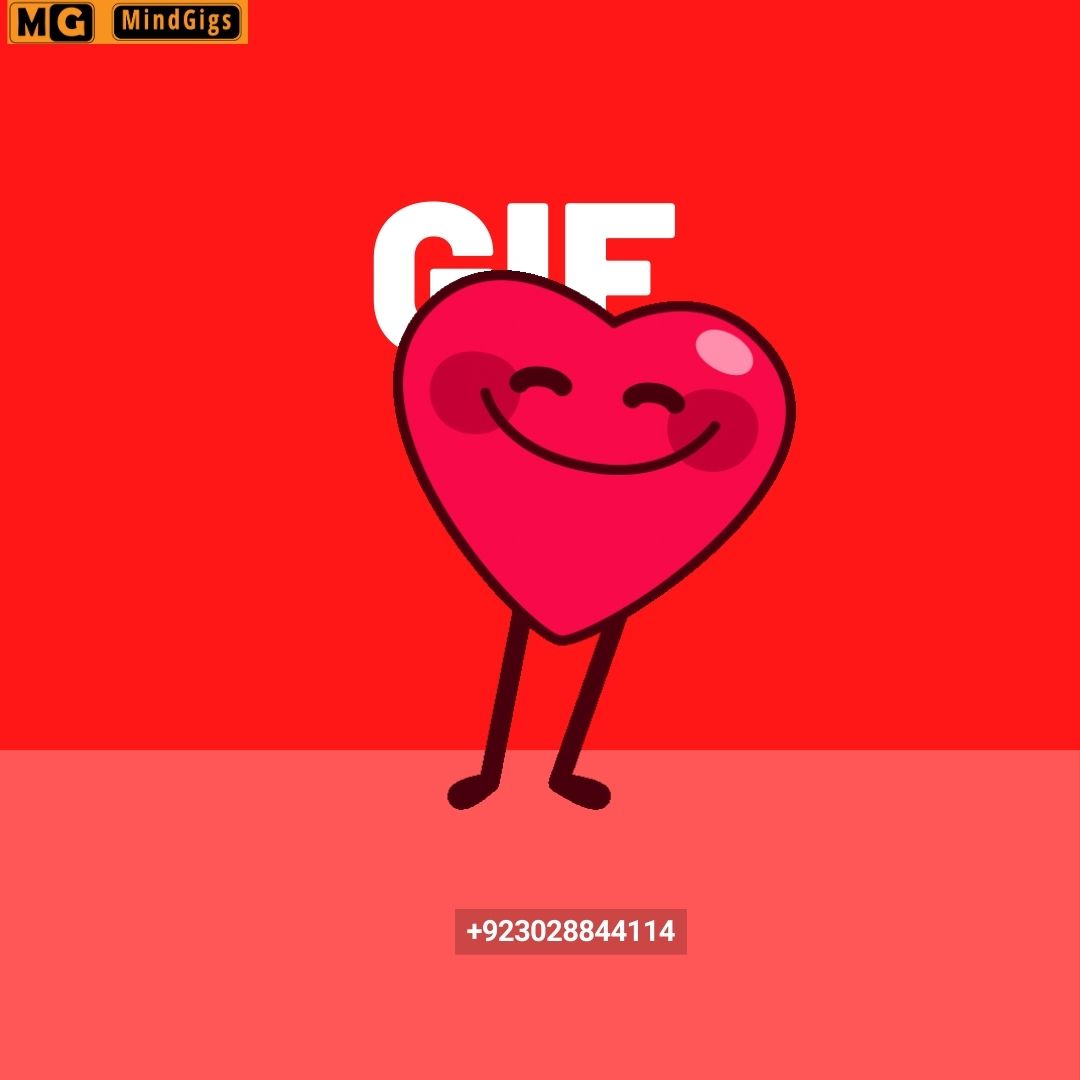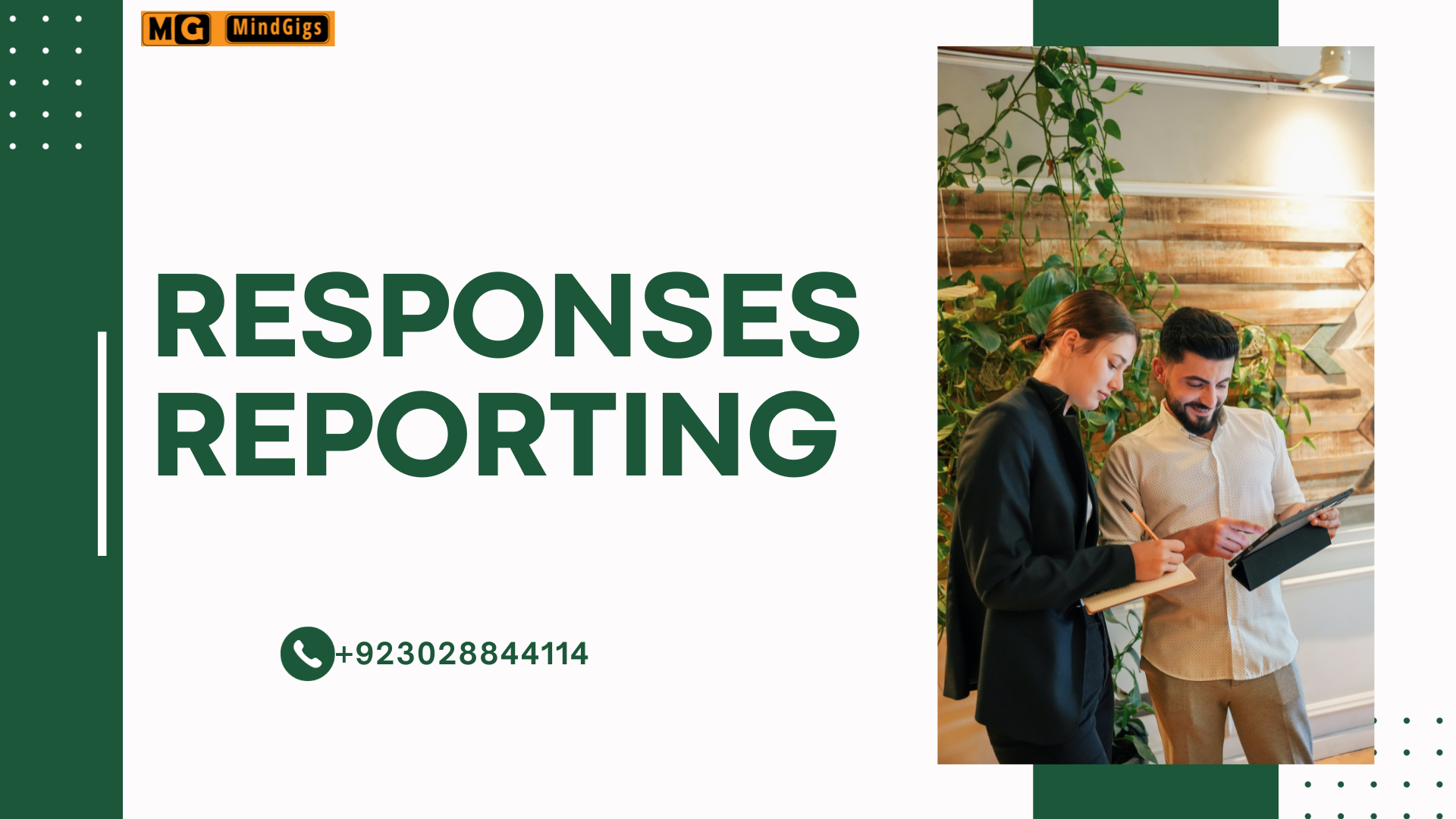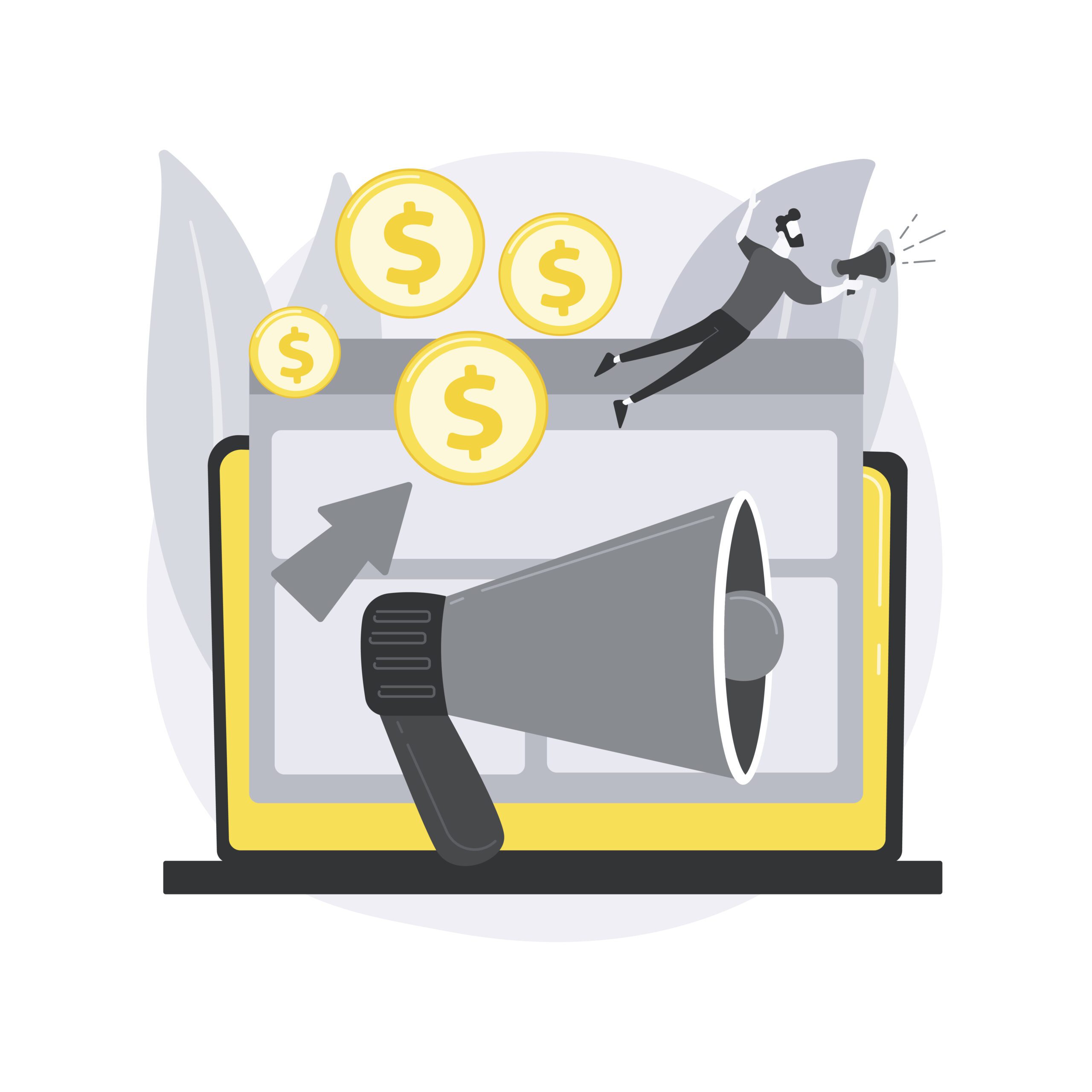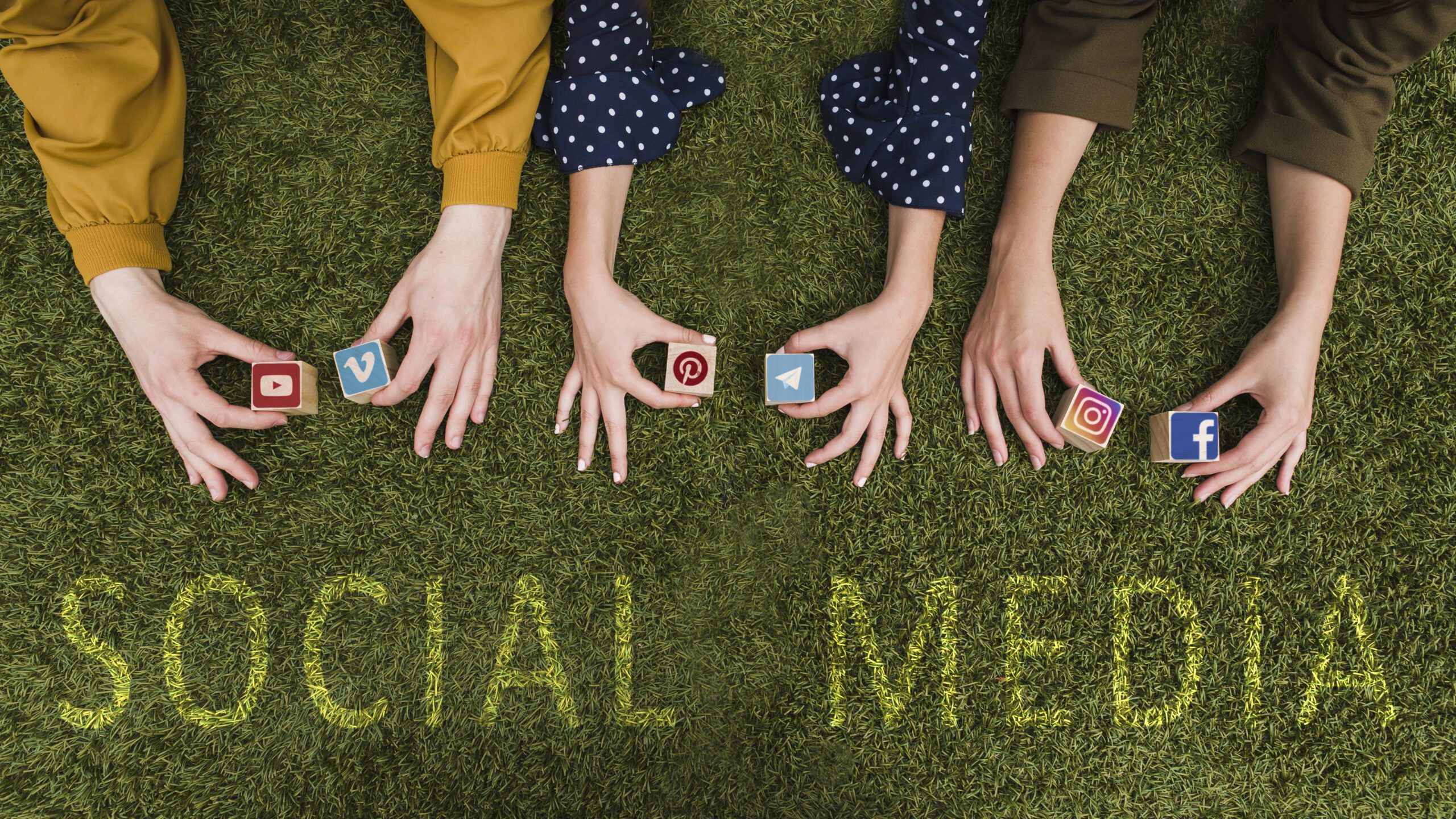Our Social Media Plans
Wall Post

A wall post typically refers to a message or content that someone shares on a social media platform, particularly on someone’s profile or wall. It can include text, images, videos, or links, and it’s a way for users to communicate, share updates, or express thoughts with their friends or followers. On platforms like Facebook, for example, users can post messages or content on their own profile or on the profiles of others, creating a virtual “wall” where these posts are displayed.
Articles

In the context of written content, an article is a piece of writing that is typically included in newspapers, magazines, journals, or websites. Articles can cover a wide range of topics and can vary in length and style depending on the publication and purpose.
Articles can be informative, entertaining, persuasive, or a combination of these. They often follow a specific structure, including an introduction, body, and conclusion. Articles may include features such as interviews, analysis, opinions, or research findings.
The term “article” can also refer to a particular item or object, but in the context of writing and publishing, it commonly pertains to written content.
Display Image

A display image typically refers to a visual element that is presented or shown on a screen, such as a computer monitor, smartphone, or other electronic display. It can encompass various types of images, including photographs, graphics, logos, or illustrations. Display images are used in a wide range of contexts, such as on websites, social media profiles, user interfaces, and presentations.
In the context of social media or online platforms, a display image is often associated with a user’s profile picture. This image is visible to others and serves as a visual representation of the user.
Overall, a display image is any visual content that is meant to be viewed on a screen for communication, identification, or aesthetic purposes.
Event-Based Pictures

- Event-Based Pictures: This could refer to pictures taken during events or special occasions. For example, photographs captured at a wedding, birthday party, concert, or any other event.
- Event Banner or Poster: Sometimes, “event-based picture” might refer to an image used for promoting or representing an event, like a banner or poster.
Cover Photo

A cover photo, often referred to as a cover image, is a large, prominently displayed image at the top of a user’s profile or page on social media platforms or websites. It is a visual element that serves as a banner or header, providing a unique and personalized look to the online presence.
On platforms like Facebook, Twitter, LinkedIn, and others, users can upload a cover photo to enhance the visual appeal of their profile or page. Cover photos are typically wider than profile pictures and are an excellent opportunity for users to express their personality, showcase their interests, or highlight significant events.
The dimensions and display specifications for cover photos vary across different platforms, so it’s essential to adhere to the specific guidelines provided by each platform when uploading or designing a cover photo.
GIF

A GIF, which stands for Graphics Interchange Format, is a type of image file that supports both static and animated images. GIFs have become particularly popular for their use in creating short, looping animations. Unlike videos, GIFs do not have sound and are typically used for conveying a brief and visually engaging message.
Campaign Post Design

A “Campaign Post Design” typically refers to the creation and layout of visual content used in marketing or promotional campaigns. This visual content can include images, graphics, and text arranged in a way that effectively communicates the message and goals of a specific campaign. Campaign post designs are commonly used in various mediums, including social media, print materials, websites, and email newsletters.
Campaign strategies used at a Time

Campaign strategies refer to the comprehensive plans and actions designed to achieve specific goals within a defined period. Various campaign strategies can be employed depending on the nature of the campaign, the target audience, and the desired outcomes. Here are some commonly used campaign strategies:
- Digital Marketing Campaign: Utilizing online platforms such as social media, email, and websites to promote a product, service, cause, or idea. This may involve targeted advertising, content marketing, and social media engagement.
- Traditional Marketing Campaign: Employing traditional methods like print advertising, TV commercials, radio spots, and direct mail to reach a broader audience.
Dedicated Accounts Manager Full Time

A “Dedicated Accounts Manager” is a professional responsible for managing and nurturing relationships with clients or customers. Their primary focus is on a specific set of accounts, and they work to understand the clients’ needs, address concerns, and ensure overall satisfaction. The term “Full Time” indicates that this role requires a commitment of regular working hours, typically on a full-time basis.
Hours On Marketing

Hours on marketing in a general sense, it could refer to the amount of time or hours allocated to marketing activities within a given period.
For example, a business might plan to dedicate a certain number of hours per week or month to marketing efforts. This could include tasks such as advertising, social media management, content creation, email campaigns, and other promotional activities.
Responses Reporting

Responses Reporting” likely refers to the analysis and reporting of responses received in a particular context, such as marketing campaigns, surveys, customer support inquiries, or any situation where interactions generate responses. It involves gathering data on the replies, feedback, or reactions received and compiling that information into a report for analysis and decision-making.
Platforms Used

Platforms Used” typically refers to the various digital or online platforms that individuals or businesses utilize for different purposes. These platforms can encompass a wide range of services, applications, or websites. The specific platforms used depend on the context or industry. Here are a few examples:
- Social Media Platforms: Such as Facebook, Twitter, Instagram, LinkedIn, and others, used for communication, marketing, and networking.
- E-commerce Platforms: Like Amazon, Shopify, or Etsy, used for selling products online.
- Content Management Platforms: Such as WordPress, Drupal, or Joomla, used for building and managing websites.
- Cloud Computing Platforms: Like AWS (Amazon Web Services), Microsoft Azure, or Google Cloud, used for hosting applications and storing data.
- Communication Platforms: Such as Slack, Microsoft Teams, or Zoom, used for team collaboration and virtual meetings.
- Video Hosting Platforms: Like YouTube or Vimeo, used for sharing and streaming videos.
- Project Management Platforms: Such as Trello, Asana, or Jira, used for organizing and tracking projects.
language used (Roman, Urdu, English)

The phrase “language used (Roman, Urdu, English)” seems to be asking about the languages being used, specifically in Roman script (which is the Latin alphabet), Urdu, and English.
Roman Script: This typically refers to the Latin alphabet, which is the script used for English and many other languages. In this context, “Roman” might mean writing in the same script used for English, Spanish, French, and others.
Urdu: Urdu is a language primarily spoken in South Asia, and it uses the Perso-Arabic script. It is one of the official languages of Pakistan and is also spoken and understood in parts of India.
English: English is a global language and is widely used for communication, business, science, and technology. It uses the Latin alphabet (Roman script) as well.
Paid Campaign Amount

“Paid Campaign Amount” typically refers to the total expenditure or budget allocated for a paid advertising or marketing campaign. In the context of digital marketing or advertising, businesses often set aside a specific amount of money to promote their products, services, or brand through paid channels.
The Paid Campaign Amount can include various costs associated with the campaign, such as:
- Ad Spend: The money spent on placing advertisements on platforms like social media, search engines, or other online advertising spaces.
- Creative Production: Costs related to creating visual or written content for the ads, including graphic design, copywriting, and multimedia production.
- Platform Fees: Charges imposed by advertising platforms for hosting and displaying the ads. This may include fees for clicks, impressions, or other engagement metrics.
- Targeting and Analytics Tools: Expenses related to using tools and services for targeting specific audiences and tracking the performance of the campaign.
Tax on Paid Campaign Amount % of Budget Spending

“Tax on Paid Campaign Amount % of Budget Spending” seems to refer to the taxation implications or considerations related to the spending on a paid advertising or marketing campaign. Let’s break down the components:
- Tax on Paid Campaign Amount:
Depending on the jurisdiction and tax regulations, the money spent on a paid campaign might be subject to certain taxes. For businesses, advertising expenses are generally considered deductible for tax purposes in many countries, meaning they can reduce the taxable income.
- % of Budget Spending:
This part indicates the percentage of the overall budget allocated for the campaign. For example, if a business allocates $10,000 for a marketing campaign and the tax is 10% of the spending, the tax would be $1,000.
MindGigs
MindGigs is a platform that offers various services and solutions, including web development, design, and digital marketing. You can visit MindGigs for more information about their services.





